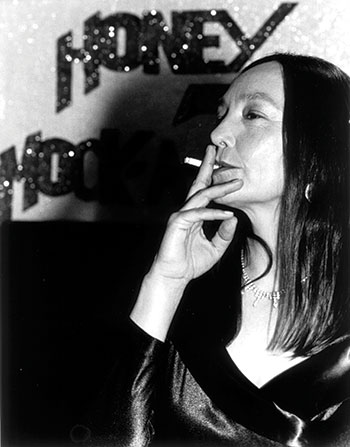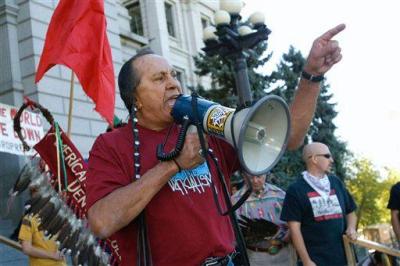A review of a recent comic-book series:
Chrononauts Review (Mark Millar, Sean Murphy)Spoilers--this comic is shit!
Meet the ultimate craptastic time-travel story: Chrononauts!
What happens when two meathead “scientist” dudebros invent time-travel? Dude--they use it to get babes, money and fast cars! Yah, brah, they like totally get laid tons and use their knowledge of history and their timesuits to jump into any timezone and get stuff to make their lives easier whenever they want!
They want to become emperors to 16th century people? Give them 21st century weaponry and lead them in battle against their enemies! Machine guns, planes and bombs will easily make them the victors against spears and horses and they’ll make you their ruler. Then you get gold and women and you just keep doing that everywhere in time because that’s what “rock star scientists” do!
It feels redundant to say Chrononauts is a dumb and lazily scripted comic because so much of Mark Millar’s recent output has been like that; Chrononauts is just the most brazen, to date.Rob's review
As I told someone back in October, I got the first trade paperback because
Millar is holding a contest to write a four-page (!) Chrononauts story. I know time travel, and now that I've seen how simplistic his stories are, it should be easy to come up with something better.
I'm thinking something about the battle of Little Big Horn. Because even though the Chrononauts go hopping through time, they mainly encountered the usual Euro-American highlights (Rome, Vikings, Columbus, the Civil War, 1920s gangsters, JFK). Most of their stops were confined to the white portions of Western civilization, and not a single Indian appeared.Then I got into a
discussion with critic Gregory Burgas:
Except for
Old Man Logan and
Civil War, I haven't read much Millar, Gregory. Has he always written from such a white-male perspective? This series seems like something Mickey Spillane might've written if he were tasked with doing a modern sci-fi story.
Well, I've been boycotting Millar for over a decade, so I don't know about his recent work. Wanted pushed me to boycott him, and that's totally a "I'm a white male and the whole world hates me!" whining rant, through and through. It's odd, because his Swamp Thing is superb and I've heard good things about his Superman Adventures. But your assessment is not wrong at all.The "dudebro" ethos
He isn't ranting in this series. More like celebrating the greatness of strapping white males. Who are manly enough to take what they want from every era.
The two most prominent women are also people of color. They have independent careers but they're marked to be wives and mothers. The racial and sexual implications couldn't be much more obvious.
With all of history to play with, you'd think this series would be
less white and male than average. But no...its view of history seems to come from a 1950s school textbook. I bet people like Donald Trump, Rush Limbaugh, and Seth MacFarlane would love this book.
Ha! Well, then he's embraced the "dudebro" ethos and is just enjoying it. Is that progress? :-)Could be. But I'm thinking it's some idea from his childhood that he recently resurrected. He saw some astronauts and thought they were mighty heroes with the "right stuff." How cool would it be if chrononauts had the same rock-star vibe?
It's like doing
The New Frontier or
Batman '66 and unironically avoiding every social issue of the last 50 years. You can do that for a series set in that era. But this series seems to be set in the present or near future.
Final thoughts
This book is all "What fun it is to conquer people and become king!" Much like
Gunga Din, which I think Millar cited as an inspiration.
Never mind all the people our heroes must've killed to accomplish this. The murder, assassination, enslavement, rape, and pillage all happen off-page.
So stupid that these guys spent 20 years becoming top scientists, then threw it all away for fame and fortune. Hey, if you wanted women and money, maybe become a race-car driver, firefighter, rock star, or soldier of fortune. You know, a profession that might appeal to adrenaline junkies and their groupies. Scientist probably isn't a top-10 choice if you're motivated by greed and lust.
Bottom line: This may be the shallowest time-travel story ever. It's as if a men's magazine wrote about all the fun things you could do with women, cars, and guns in the past.
More reviews:
CHRONONAUTS #1













